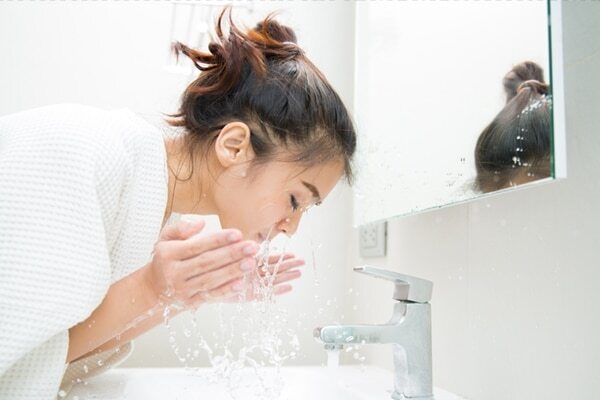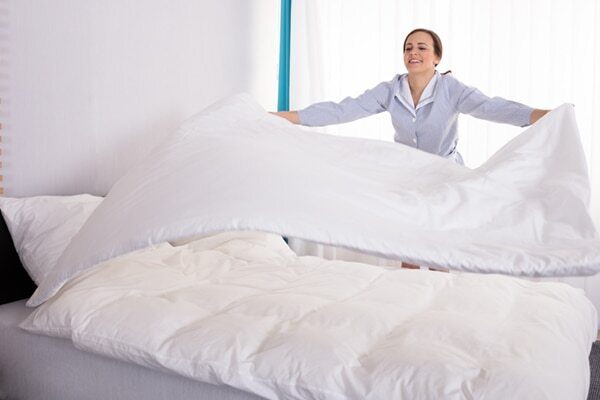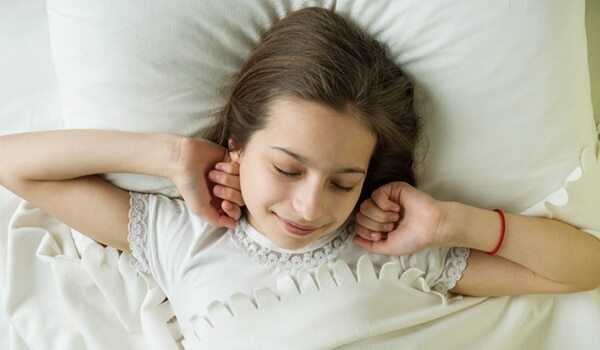- 01 Hair
- 02 Skin
- 03 Bed
- 04 Sleeping position
Your sleeping hours are your skin's healing hours. The skin undergoes healing in all that time, with the results being visible as you wake up from a good sleep. A bedtime skincare routine is a way of assisting your skin and of increasing the effects of this healing process, a way to ensure that all the dust, pollution and makeup you've accrued over the day are taken off and that your skin breathes while you sleep. Apart from refreshing your skin, sleeping produces growth hormones in your body which help in repairing and rebuilding body tissues. It also helps in maintaining the production of collagen in your body, keeping your skin looking healthy, wrinkle free and youthful.
01Hair

Do not let your hair problems become your skin problems. As you go to sleep, make sure you've tied your hair in a neat plait or ponytail. For all the short hair which might fall back, it should be pinned. This way you can ensure that your hair doesn't fall on to your face while you sleep.
02Skin

It is important to clean off every dust particle from your face before you plop yourself onto your bed. Remove all your makeup using makeup wipes. Next, you should wash your face using a mild face wash or cleanser. After cleansing, you can apply some face mist or a few drops of organic oil for rejuvenating your facial skin. Make sure you also apply a mild moisturizer in order to restore all the moisture you might have lost during the day.
03Bed

Your pillowcases have a very crucial role to play in your bedtime routine and so do your bed sheets and the duvet. Make sure that they are clean and washed regularly. While you sleep, the oil and dust from your hair is passed on to the pillowcases and from there, on to your face. Hence, the pillowcases should be changed at least once every week.
04Sleeping position

Your sleeping position significantly affects the development or reduction of your acne. If you're used to sleeping on your stomach, you are likely to have acne in most of the frontal areas of your face. If you sleep sideways, you are most likely to have acne on the side of your face, including the cheeks. Sleeping on your back is perhaps the most appropriate way as there is minimal contact between the surface and your face in this position.








